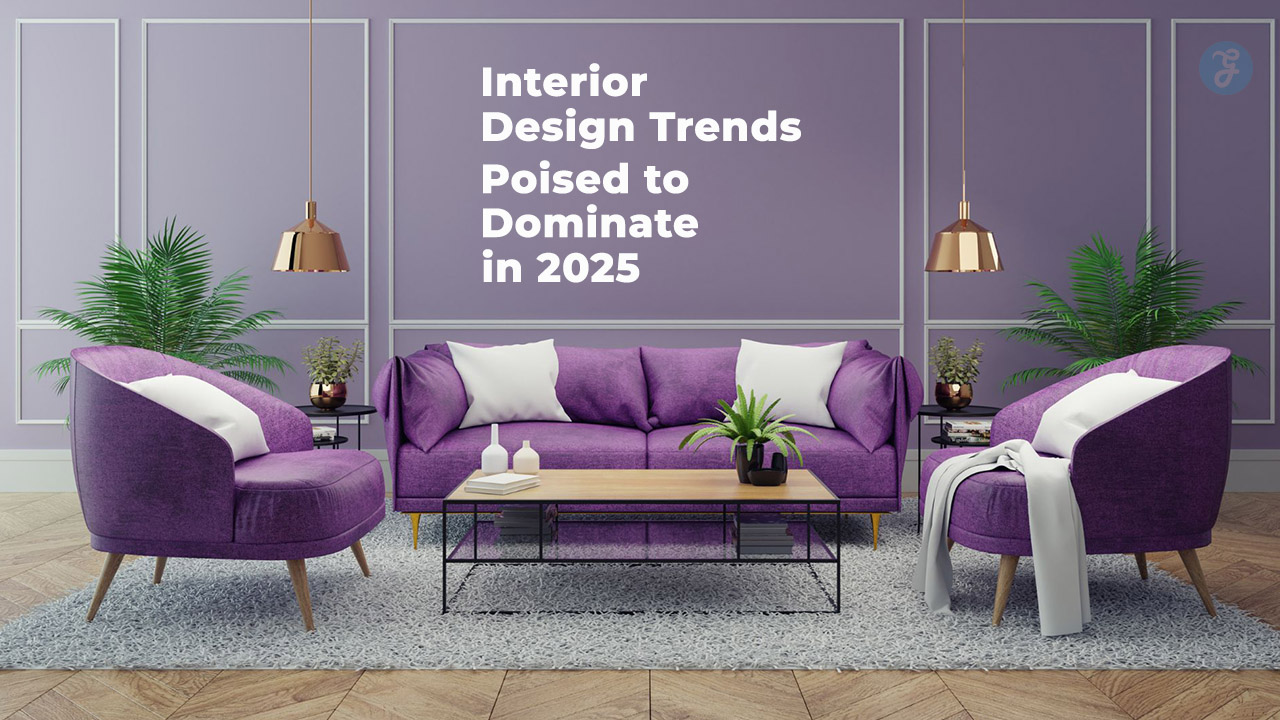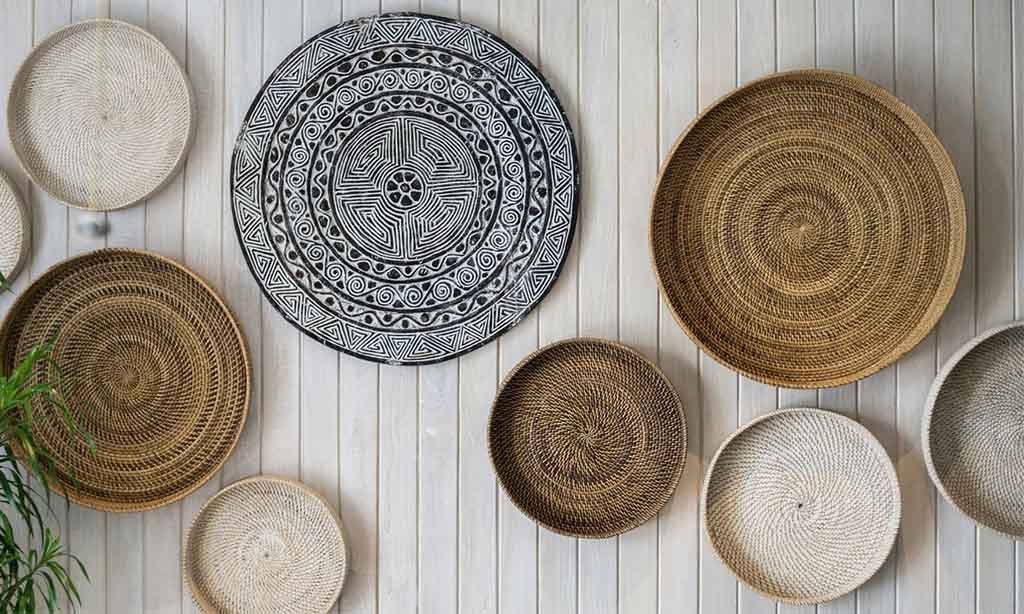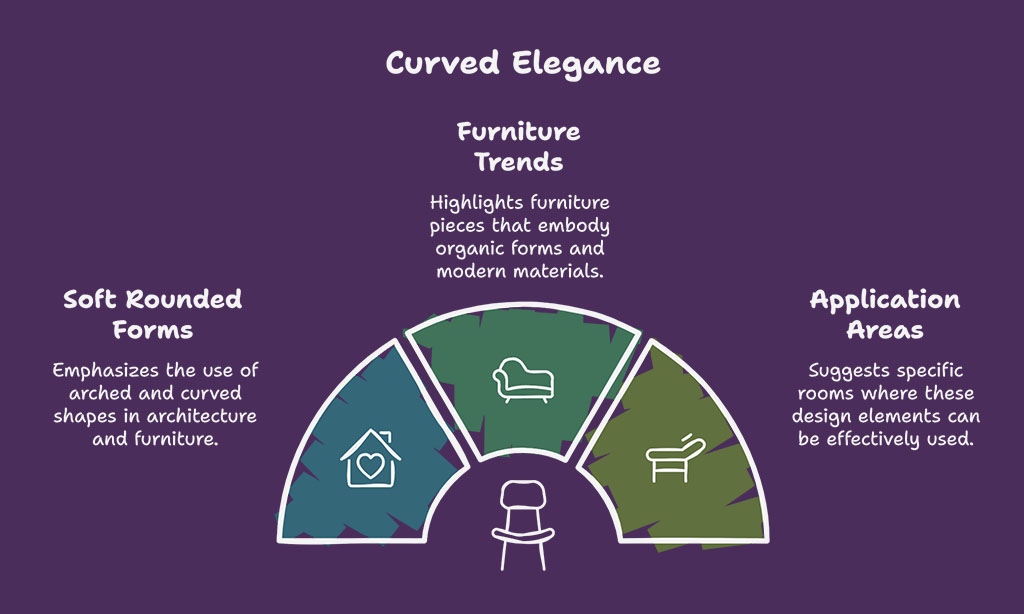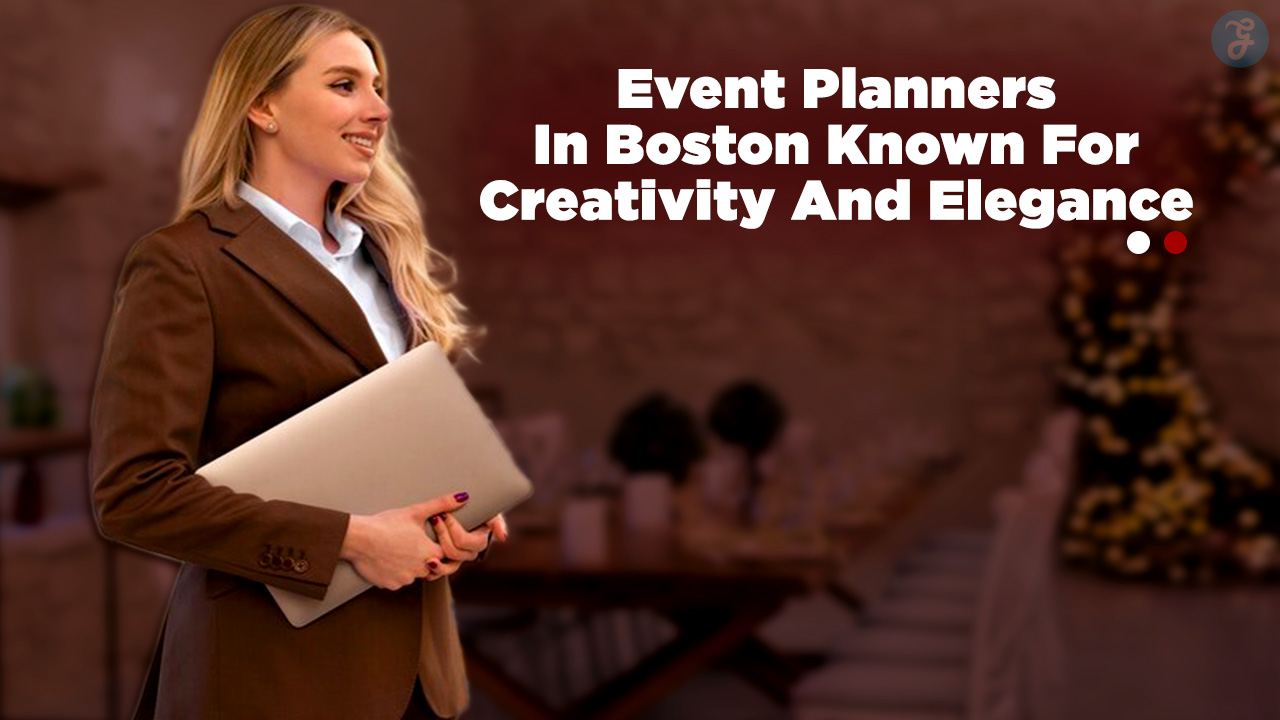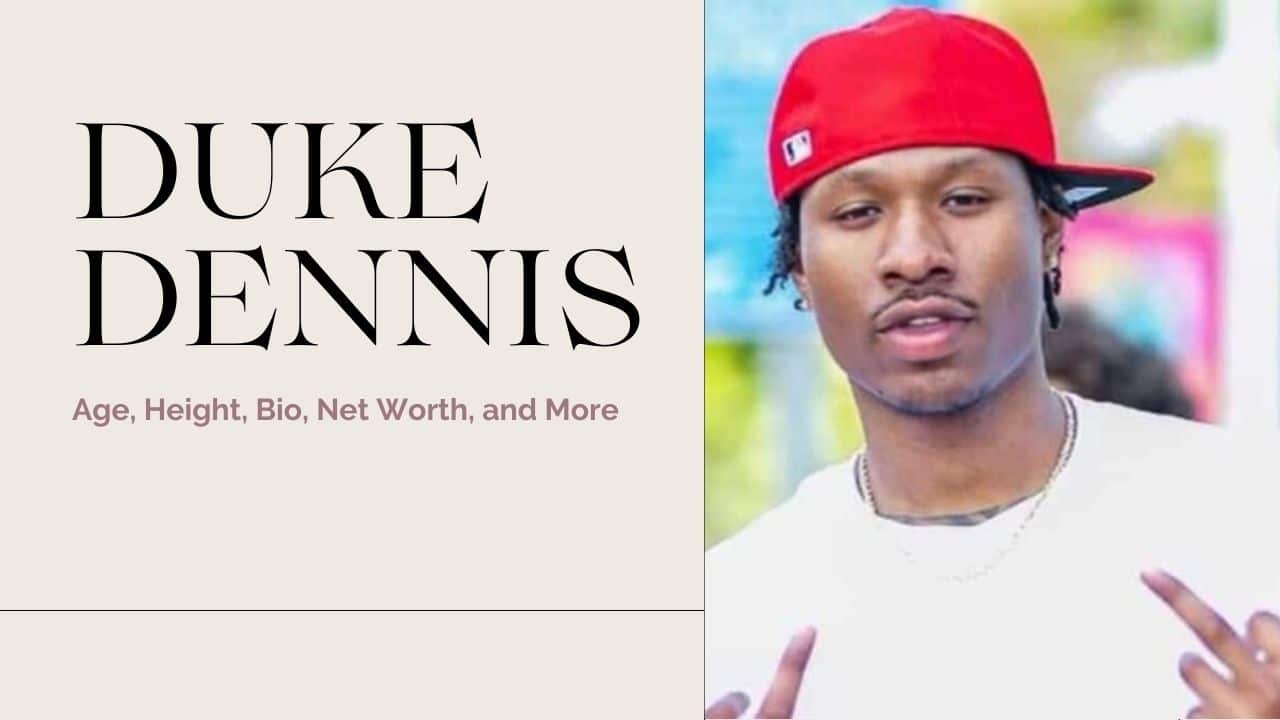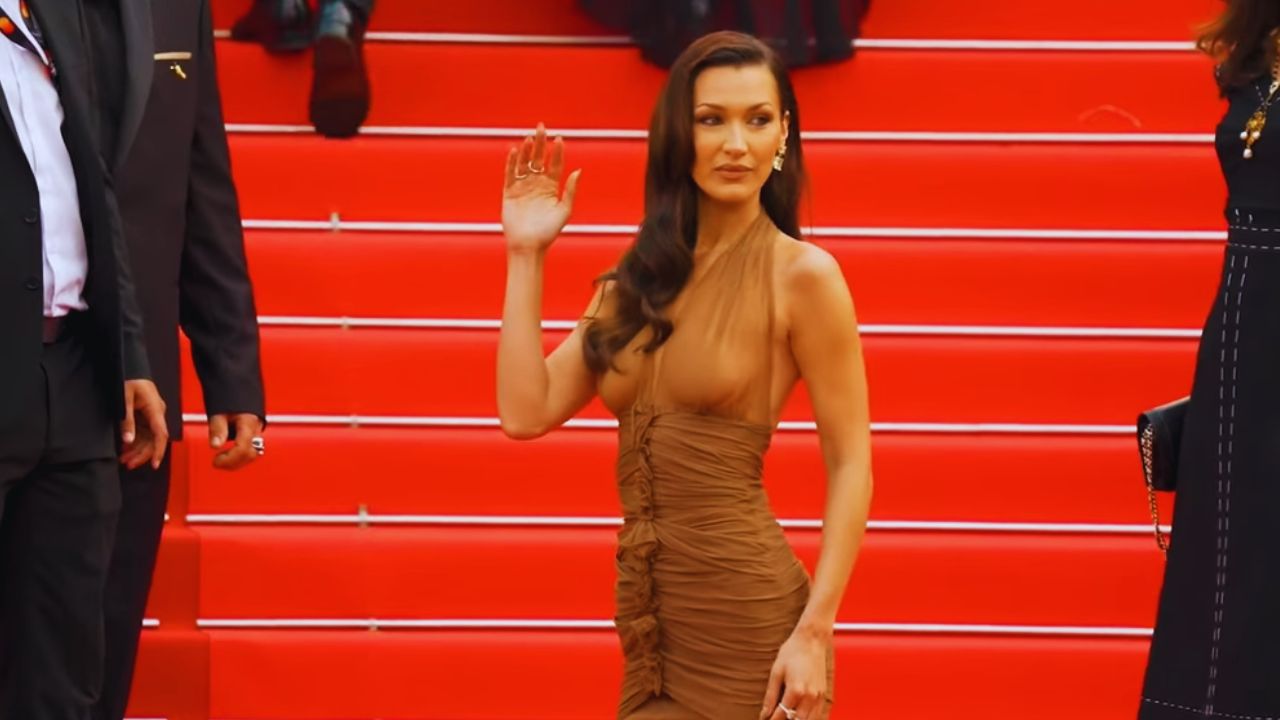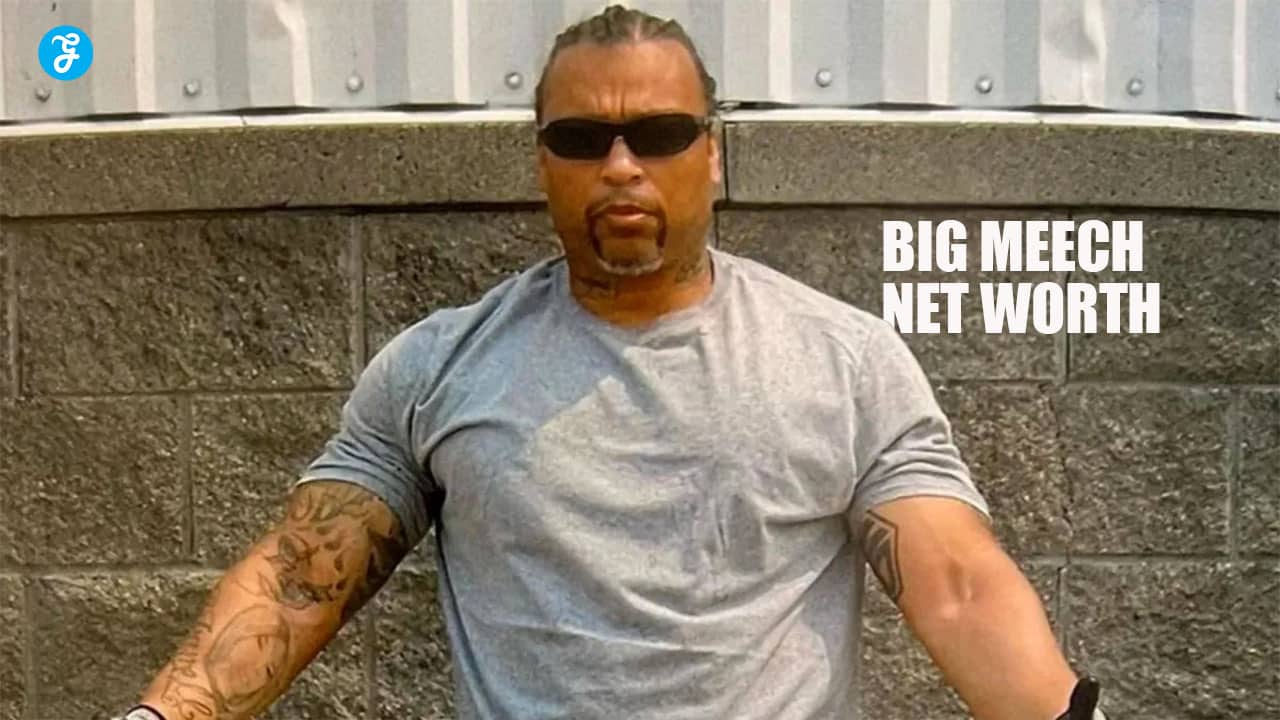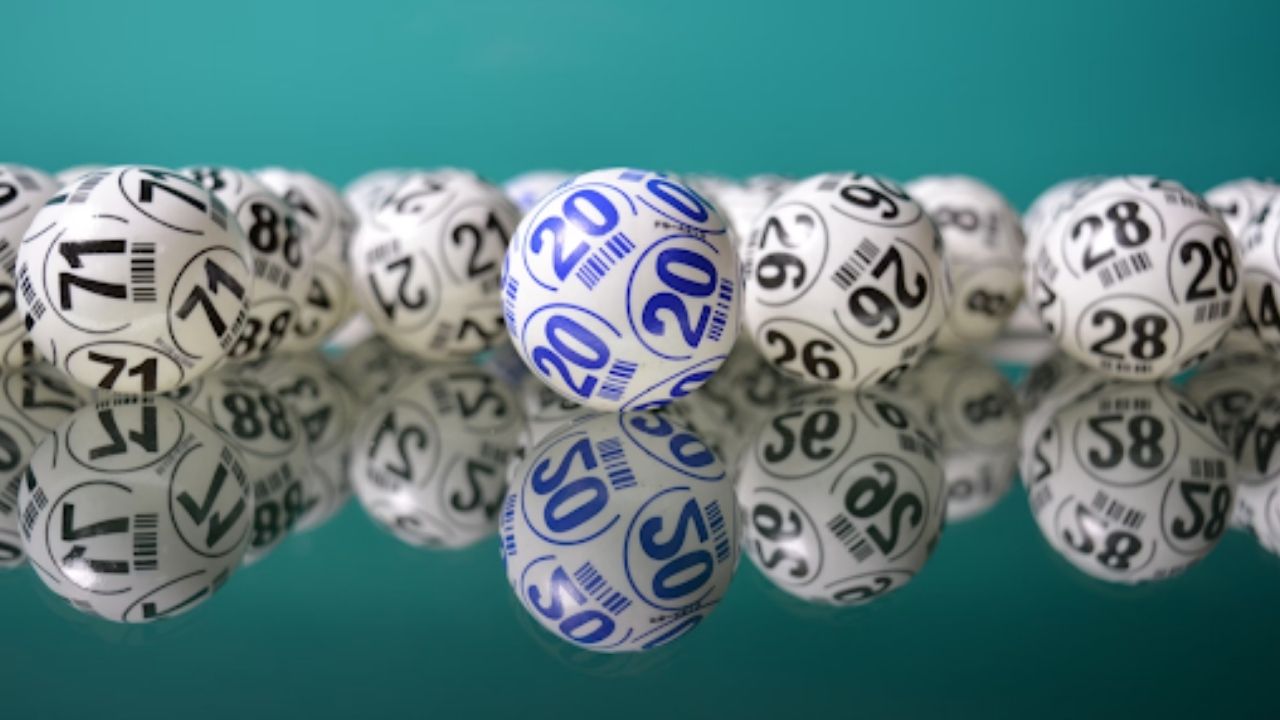As we step into 2025, the world of home decor is undergoing a remarkable transformation fueled by a blend of cutting-edge innovation, environmental awareness, and a renewed commitment to personal expression. Interior design is no longer just about appearance—it’s about function, feeling, and future-readiness. The spaces we inhabit are becoming more dynamic and versatile, shaped by shifting work patterns, lifestyle preferences, and a collective desire for healthier, more meaningful living environments.
In today’s design landscape, homes are evolving into reflections of identity and well-being. Sustainability is at the forefront, with eco-conscious choices becoming standard. Smart technology is seamlessly integrating with style, while organic forms and textures offer a calming counterbalance to our fast-paced digital lives. From timeless vintage revivals to space-saving modular solutions, 2025 is set to be a year of transformative trends that fuse aesthetics with purpose.
In this article, we’ll take a closer look at the 8 interior design trends poised to dominate in 2025, offering practical tips, visual guides, and inspiring examples to help you transform your home into a stylish sanctuary that meets the needs of modern living.
1. Sustainable and Eco-Friendly Materials
The shift toward sustainability isn’t just a passing trend—it represents a fundamental change in how people approach interior design. As environmental awareness grows globally, more homeowners are prioritizing not just how their spaces look, but how they impact the planet. One of the key interior design trends poised to dominate in 2025 is the use of sustainable and eco-friendly materials. These choices reflect a collective push toward reducing waste, conserving resources, and building healthier living environments. With options ranging from renewable materials to recycled elements and non-toxic finishes, designers and consumers alike are exploring innovative ways to create beautiful spaces without compromising on sustainability.
Why Sustainability Will Lead the Design Conversation
- Environmental concerns are shaping consumer decisions.
- Biophilic design (incorporating nature into interiors) is in high demand.
- Healthier homes through low-VOC paints and natural fibers.
- Global demand for green buildings is expected to grow by 14% annually through 2027. (Source: Allied Market Research)
Popular Eco-Friendly Choices
| Material | Key Benefits | Common Applications | Price Range |
| Bamboo | Renewable, durable, fast-growing | Flooring, furniture, decor | $$ |
| Reclaimed Wood | Reduces deforestation, rustic look | Accent walls, tables, beams | $$$ |
| Recycled Metal | Low carbon footprint, sleek look | Light fixtures, hardware | $$ |
| Organic Fabrics | Non-toxic, breathable, aesthetic | Upholstery, bedding, curtains | $-$$ |
Practical Tips
- Opt for FSC-certified wood when purchasing furniture.
- Choose non-toxic, water-based adhesives and sealants.
- Repurpose old furniture with a new eco-friendly finish.
Example
Case Study: In a 2024 renovation project in Austin, Texas, a local designer sourced 80% of the materials from reclaimed or recycled suppliers, reducing overall renovation waste by 60%.
2. Earthy and Warm Color Palettes
Color continues to play a pivotal role in shaping moods, defining space, and setting the emotional tone of a room. In 2025, one of the most influential and emotionally resonant elements of home design will be the resurgence of warm, earthy tones that exude a sense of calm, security, and timeless elegance.
One of the 8 interior design trends poised to dominate in 2025, this color shift is a reaction to years of sterile whites and cool grays, inviting homeowners to reconnect with nature and warmth.
These hues—ranging from the rusted richness of terracotta to the grounded depth of olive green—cultivate a cozy, nurturing ambiance, ideal for creating restful sanctuaries in today’s fast-paced world.
Shifting from Cool to Warm Tones
Designers are steering away from cool grays and stark whites in favor of more inviting hues:
- Terracotta
- Clay
- Olive green
- Deep mustard
- Sandstone and beige undertones
Color Mood Associations
| Color | Psychological Effect | Suggested Room |
| Terracotta | Warmth, groundedness | Living room, entryway |
| Olive Green | Nature, balance | Kitchen, dining area |
| Deep Mustard | Energy, warmth | Accent wall, home office |
| Clay | Sophistication, calm | Bedroom, guest room |
How to Incorporate Earthy Colors
- Paint a statement wall with clay or sandstone shades.
- Add throw pillows or rugs in rust and amber tones.
- Combine neutral tones with natural textures like rattan or jute.
Practical Application
- Use matte finishes to enhance depth.
- Pair warm tones with black or navy for contrast.
3. Tech-Integrated Smart Spaces
As homes become more intelligent, so does design—and the synergy between technology and aesthetics is reaching a whole new level in 2025. One of the most innovative interior design trends poised to dominate in 2025 is the seamless integration of smart technology into everyday living environments. Gone are the days when gadgets disrupted design flow. Today, functionality and form work hand in hand to create spaces that are not only beautiful but also highly responsive and efficient.
From climate-adaptive systems to AI-enhanced lighting, smart design now anticipates user needs, personalizes experiences, and blends invisibly into the architectural narrative of a room. As tech continues to evolve, so does the potential to redefine luxury, comfort, and sustainability in our living spaces.
Blending Function with Style
Smart homes are no longer just about utility; they’re about enhancing the quality of life through intuitive design:
- Voice-activated lighting and sound systems
- Smart mirrors with built-in lighting and display
- Integrated climate control with minimal visual impact
- Smart kitchens that track food freshness and recommend recipes
Must-Have Smart Home Design Upgrades
| Device | Functionality | Design Compatibility |
| Smart Thermostat | Automated climate control | Minimalist wall-mount |
| Voice-Controlled Lighting | Hands-free ambiance adjustment | Hidden wiring, LED options |
| Automated Blinds | Light and privacy management | Available in wood/textile |
| Smart Mirrors | Light + display time, weather, routines | Sleek frameless options |
Practical Integration Tips
- Use recessed outlets to hide devices.
- Opt for multi-functional tech, like mirrors with display and lighting.
- Coordinate smart devices with your color palette.
Example
Case Study: A smart renovation in Tokyo incorporated AI-powered lighting and temperature systems, reducing utility bills by 27% while increasing user comfort through behavior-based automation.
4. Statement Ceilings and Floors
Design in 2025 is all about breaking away from traditional design focal points and reimagining how space is experienced from floor to ceiling. One of the boldest interior design trends poised to dominate in 2025 is the transformation of ceilings and floors into artistic, dynamic elements that anchor the overall aesthetic of a room.
These once-overlooked areas are now being used to tell visual stories, add unexpected texture, and establish a sense of identity within a home. Whether it’s a dramatic painted ceiling that draws the eye upward or a creatively patterned floor that defines zones in an open layout, designers are leveraging these surfaces as essential tools of expression.
This trend reflects a broader move toward immersive and layered interiors that feel both curated and complete.
The Rise of the “Fifth Wall”
Ceilings are getting a makeover:
- Bold paint choices (navy, black, forest green)
- Patterned or textured wallpaper
- Exposed beams or intricate molding
- Ceiling murals and modern chandeliers
Floor Trends That Add Drama
| Flooring Type | Visual Appeal | Suitable For |
| Patterned Hardwood | Vintage meets modern elegance | Bedrooms, hallways |
| Stained Concrete | Industrial, sleek | Lofts, kitchens, basements |
| Geometric Tiles | Artistic, bold | Bathrooms, entryways |
Practical Tips
- Use ceiling medallions for classic drama.
- Add visual interest underfoot with color-blocked tiles.
Example
Designer Insight: A Brooklyn-based loft used a combination of geometric ceiling tiles and a stained concrete floor to visually divide open spaces without walls.
5. Curved Furniture and Organic Shapes
Soft, rounded lines are making a major comeback, breathing new life into living spaces with their fluidity and visual softness. Among the 8 interior design trends poised to dominate in 2025, curved furniture and organic shapes are emerging as hallmarks of a more human-centric, emotionally soothing design language. These flowing forms counterbalance the rigid, angular aesthetics of previous years, creating environments that are not only more inviting but also psychologically comforting.
By introducing circular silhouettes, sweeping lines, and nature-inspired contours, designers aim to echo the organic shapes found in the natural world—promoting a sense of balance, movement, and calm.
This shift is particularly relevant in a post-pandemic world, where homeowners increasingly crave interiors that provide emotional refuge and tactile richness.
Embracing Soft, Rounded Forms
- Arched doorways and windows
- Oval mirrors and circular dining tables
- Sofas and chairs with plush, curved edges
Furniture Trends in Organic Forms
| Furniture Piece | Popular Material | Design Vibe |
| Curved Sofa | Velvet, boucle | Mid-century modern |
| Circular Coffee Table | Marble, light wood | Scandinavian minimalism |
| Rounded Bed Frame | Upholstered headboard | Cozy modern |
Where to Use These Forms
- Living rooms: Curved couches as conversation hubs
- Bedrooms: Rounded headboards and nightstands
- Bathrooms: Freestanding circular tubs and oval mirrors
Application Tips
- Balance curved forms with angular accents.
- Use curved pendant lights to reinforce the softness theme.
6. Multifunctional and Modular Furniture
Space-saving solutions are more essential than ever, especially as modern homes adapt to the growing demands of work-from-home lifestyles, multifunctional family spaces, and smaller urban living quarters. As remote work continues and hybrid lifestyles become the norm, homeowners are reimagining how to make the most of every square foot. Multifunctional and modular furniture emerges as one of the most practical and forward-thinking interior design trends poised to dominate in 2025. These pieces not only serve multiple purposes—such as combining seating with storage or converting workstations into dining tables—but also provide the flexibility to reconfigure a room for different uses throughout the day. By emphasizing versatility without compromising on style, this trend supports a growing need for interiors that are responsive, flexible, and future-ready.
Adapting to Hybrid Lifestyles
- Convertible desks and Murphy beds
- Modular sofas that can be rearranged
- Storage-integrated furniture
Top Modular Furniture Features
| Feature | Functionality | Ideal For |
| Stackable Chairs | Save space, easy storage | Small apartments |
| Fold-out Workstations | Compact WFH solution | Bedrooms, studios |
| Expandable Tables | Adjustable for guests | Dining areas |
| Hidden Drawers | Maximize storage | Entryways, under beds |
Practical Advice
- Choose lightweight materials for flexibility.
- Opt for neutral tones to match evolving styles.
Example
Real Life Use: IKEA’s “PLATSA” and “IVAR” modular lines saw a 30% increase in demand in 2024, driven by urban apartment dwellers in Europe and Asia.
7. Vintage Revival with Modern Twists
The charm of the past is being rediscovered in fresh, unexpected ways. As we head deeper into 2025, a nostalgic yet forward-looking approach is redefining how we perceive vintage design. This is one of the most expressive interior design trends poised to dominate in 2025, merging classic elements from decades gone by with the clean lines and innovation of contemporary style.
Designers are expertly curating spaces where antique pieces coexist with modern lighting, or where a 1970s shag rug is paired with a minimalist coffee table. The result is an eclectic balance that feels lived-in yet elevated—rich with personality but never outdated.
This revival speaks to a broader desire for authenticity, craftsmanship, and storytelling in our interiors.
Why Nostalgia is Back in Style
- Post-pandemic comfort in familiar forms
- Desire for unique, character-rich pieces
- Sustainable reuse of older furnishings
Vintage Design Inspirations
| Era/Style | Key Features | Modern Twist |
| Mid-Century Modern | Clean lines, teak wood | Updated with bold colors |
| Art Deco | Glam, gold accents | Paired with minimalism |
| 1970s Retro | Funky patterns, earth tones | Balanced with neutrals |
How to Incorporate
- Use one statement vintage piece per room.
- Blend antique and modern lighting.
- Repurpose vintage suitcases as side tables.
8. Texture-Rich Design Elements
Visual interest isn’t just about color or shape—it’s about texture, which adds a crucial layer of richness and complexity to interior design. The final trend on our list of 8 interior design trends poised to dominate in 2025 is the emphasis on tactile surfaces and layered finishes.
As more homeowners prioritize comfort and sensory experience in their living spaces, texture is emerging as a vital design tool that influences how rooms feel, not just how they look.
Whether through plush upholstery, rugged stonework, or subtle wallpaper embossing, textured elements introduce depth, warmth, and a sense of authenticity. By layering diverse materials and finishes, designers are crafting multidimensional environments that feel curated, cozy, and alive.
Adding Depth and Tactility
- Boucle and chenille upholstery
- Plaster or limewash walls
- Textured ceramics and matte metal finishes
Texture Layering Tips
| Texture Type | Common Material | Best Use Cases |
| Soft Textures | Boucle, velvet, wool | Seating, bedding, rugs |
| Hard Textures | Brick, ceramic, stone | Walls, flooring, fireplaces |
| Mixed Textures | Wood + fabric combos | Accent furniture, shelves |
Practical Applications
- Layer different textiles on beds and sofas.
- Mix gloss and matte finishes in the same space.
Designer Tip
Use lighting to highlight texture—wall washers and track lights create depth.
Bonus Tip: Customization and Personal Expression
Beyond the top 8 interior design trends poised to dominate in 2025, there’s one overarching movement reshaping the very core of how we design our spaces—personalization. More than a stylistic choice, personalization is becoming a powerful response to mass production and generic design. It empowers individuals to create interiors that reflect their stories, values, and identities. In 2025, personalization is expected to influence every layer of home design, from architectural choices to decorative accents.
Custom-built furniture that adapts to specific needs and spatial constraints is on the rise. Curated gallery walls featuring personal photography, original artworks, and meaningful memorabilia are replacing mass-produced art. Local artisans and handmade pieces are being sought out for their uniqueness, craftsmanship, and cultural significance. At the same time, technology is enabling new levels of customization—from modular furniture systems tailored to your room’s layout to digital art displays that rotate through your favorite moments.
Personalization also encourages emotional connectivity within a space. A hand-painted mural in a child’s bedroom, a vintage armchair passed down through generations, or a nook designed to reflect your favorite travel destination transforms a house into a home. These personal details not only enhance aesthetics but create a deep sense of belonging and narrative that no store-bought piece can replicate.
In essence, the personalization trend is a celebration of individuality in an increasingly uniform world—bringing warmth, authenticity, and resonance to the forefront of interior design.
Ideas for Customization
- Commission artwork that reflects your story.
- Use monogrammed or handcrafted decor items.
- Build multi-functional furniture with modular kits.
Takeaways
The 8 interior design trends poised to dominate in 2025 reveal a powerful evolution in how we think about our living spaces. These trends go beyond the surface level of beauty and touch upon deeper values—emphasizing wellness, sustainability, personalization, and technological integration. Form and function are no longer viewed separately but are increasingly entwined with emotional resonance and intentional living.
By embracing these forward-thinking trends—from smart integrations and statement architecture to tactile textures and sustainable materials—you’re not just giving your space a facelift.
You’re shaping an environment that mirrors your personal values, supports your daily routines, and stands resilient in an ever-changing world. Design becomes not only a visual journey but also a practical and philosophical one.
So, whether you’re drawn to the nostalgia of vintage decor, the calming appeal of earthy tones, or the fluidity of organic shapes, 2025 presents an exciting opportunity to rethink what it means to live beautifully. Now is the time to create a space that feels as good as it looks and grows with you into the future.


